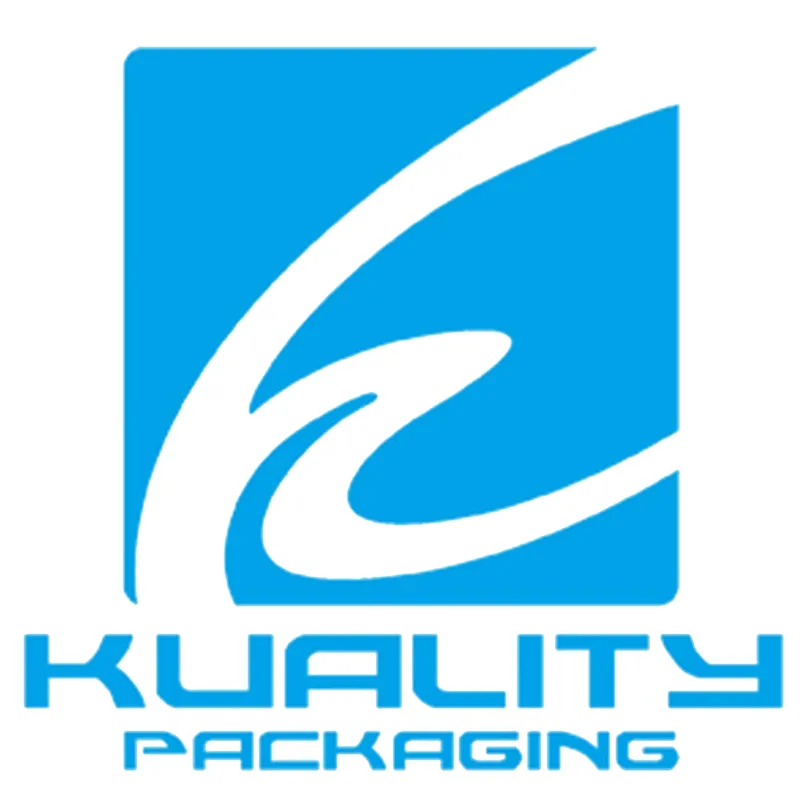
As the demand for customization, short runs, and sustainable solutions increases in the packaging industry, digital printing is rapidly emerging as a core technology in flexible packaging. This blog explores the key advantages, equipment, applications, and considerations associated with digital printing—specifically focusing on the capabilities of the HP Indigo 200K digital press.
1. Introduction: Direct Digital Printing from Files
Digital Printing enables Direct Printing from Digital Files—the design draft (PDF, etc.) directly drives the printing press without the need for any physical printing plates.
Le Core Imaging Technology primarily uses high-precision on-demand inkjet technology.
This approach is especially advantageous for Extreme Short Runs and Flexibility. Printing from a single sheet is economical and efficient, perfectly meeting the needs for small-batch customization, promotional packaging, regionalized packaging, new product testing, and replenishment orders.
Avec Extreme Delivery, by eliminating plate-making (which usually takes days or even weeks), printing can be done immediately after the file is confirmed, significantly shortening the delivery cycle.
It also offers High Design Freedom—easily realizing variable data (serial numbers, QR codes, personalized graphics), seamless continuous patterns, and frequent design iterations.
2. Advanced Equipment: HP Indigo 200K Digital Press
We use the world’s advanced HP Indigo 200K digital printing machine to achieve:
- High productivity and production flexibility: On-demand production, supporting a 7×24 production environment.
- The printing press provides consistent high quality and flexibility for different jobs.
Soft packaging requires surface printing on opaque materials and back printing on transparent materials. HP Indigo’s color-switching technology dynamically changes the color sequence and color for outstanding flexibility.
- Produce more than 10 different jobs per day.
- Print at a maximum speed of 42 linear meters per minute using Enhanced Production Mode (EPM).
- Print up to 31 linear meters per minute in 4-color mode et 25 linear meters per minute in 5-color mode.
- Supports a wide range of packaging applications, including packaging labels, shrink film, and laminated tubes.
3. Sustainability & Green Technology
HP Indigo’s on-demand printing technology enables converters to reduce waste in the supply chain and improve environmental performance.
- No plates or cylinders—eliminates waste between jobs.
- Reduces printed film waste by more than 10 tons per year.
- Saves more than 25,000 gravure cylinders per year.
- Provides an environmentally friendly packaging solution, printing on biodegradable film.
- No plate waste: Completely eliminates chemical waste and plate rollers generated by traditional plate-making.
- Print on demand reduces waste: Avoids large excess materials caused by long runs and estimation errors.
- Low VOC emissions: Especially with UV and water-based ink technology, the production process is cleaner (UV curing produces almost zero VOCs).
4. Simplified Operation and High-Quality Output
- Simplified Operation: The operation process is greatly simplified compared to traditional gravure printing, and the dependence on skilled technicians is reduced.
- Color Accuracy and Wide Color Gamut: Advanced color management ensures the consistency of printed products. Some technologies (such as electronic inks and high-fidelity inks) can present a wider color gamut.
- Small Footprint: The equipment structure is usually more compact than traditional gravure presses.
- Production Status: Speed continues to increase, and positioning is clear.
5. Printing Specifications
- Printing Speed Range:
- In four-color mode: 31 meters/minute
- In EPM enhanced production mode: 42 meters/minute
- In five-color mode: 25 meters/minute
- Image size: maximum 736×1100 mm
- Repeat length: minimum 550 mm, maximum 1140 mm
- Substrate thickness: 10 to 250 microns
- Web width: maximum 762 mm, minimum 400 mm
Compared with traditional gravure printing, the current maximum speed of a single digital press is still lower than that of a high-speed gravure press (usually 300+ meters/minute).
6. Production Capacity and Positioning
- Core advantage areas: Short and medium-run jobs (hundreds to thousands of meters).
- Long-run efficiency bottleneck: For orders of ultra-long runs (such as tens of thousands of meters or more), traditional gravure printing still has advantages in unit time cost and consumables cost.
- Effective Capacity Calculation: Consider factors such as extremely short order change time (almost zero), short preparation time, and low scrap rate. The comprehensive efficiency is highly competitive in the short- and medium-run field.
- Restriction Factors: The final output speed of the actual production line is often limited by the post-printing process (such as lamination, aging, slitting, and bag making), not just the printing speed.
7. Suitability for Bag Making: Key Considerations and Potential
Digital printing for flexible packaging is completely suitable for bag making, but the following points need to be considered:
- Material Compatibility: The equipment must be able to stably print on common substrates for flexible packaging, such as PE, BOPP, PET, PA, aluminized film, etc. The adhesion of different ink systems to different materials is key.
- Post-Printing Processing Adaptability:
- Compounding Adaptability: The printed ink layer must combine well with the adhesive to ensure composite strength. UV inks require special attention to their composite properties.
- Resistance Requirements: The ink layer must have sufficient abrasion resistance, scratch resistance, and content resistance (grease, chemicals, etc.) to meet the needs of packaging, transportation, and use after bag making. This is the core challenge of ink formulation and the curing process.
- Heat Sealability: The printed area should not significantly affect the heat sealability of the film.
8. Complete Production Solution
Our HP Indigo digital press is not just a press; it is a complete production solution.
The powerful HP SmartStream label and packaging print server, provided by Esko, supports scalable RIP capabilities, ICC analysis, distributed repetition, and automated workflows.
This press and its consumables meet the food packaging regulations generally followed or referenced by flexible packaging processing.
